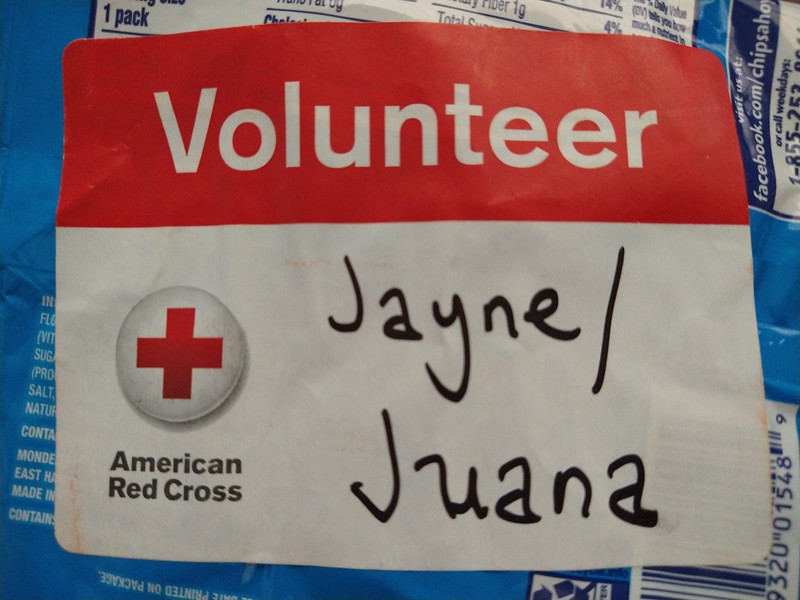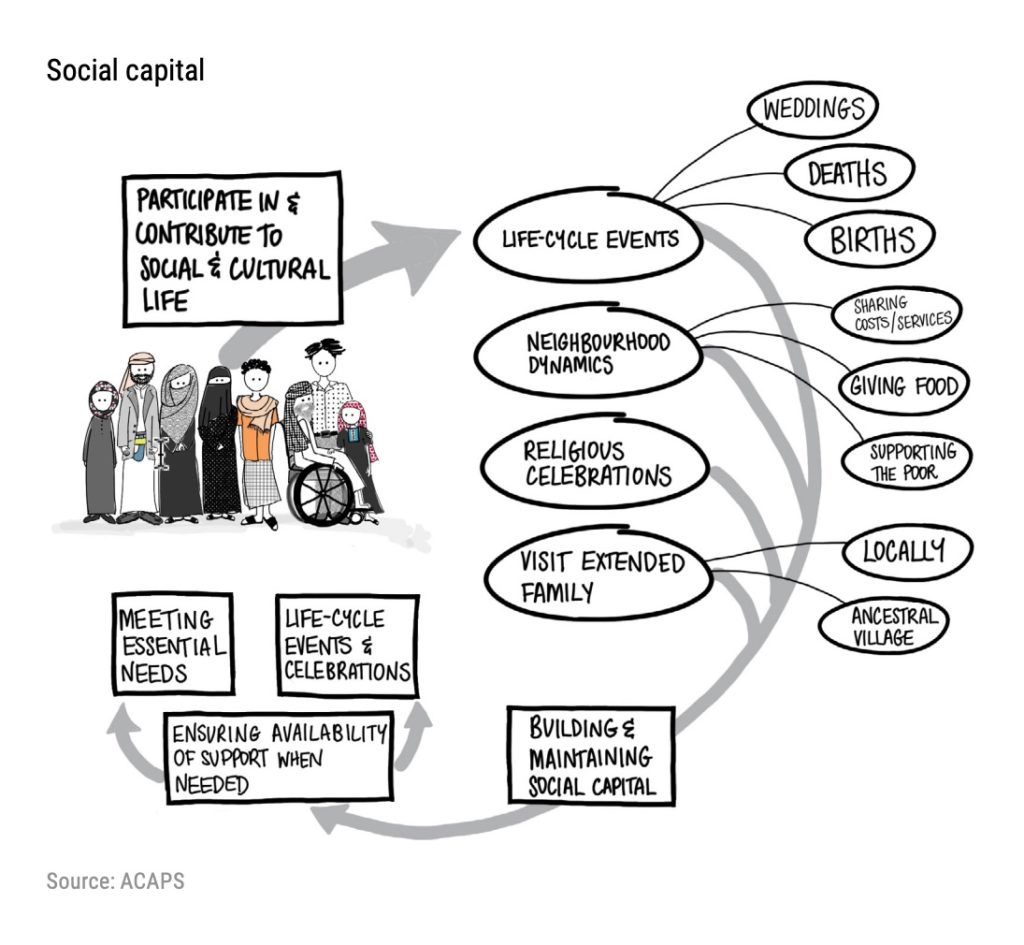Here are comments from this article from December 2022 that every nonprofit and community group needs to consider:
This year, social media mostly stopped offering a window into the lives of our loved ones. It turns out that the social part of social media, which helped shape human behavior online and off for more than a decade, is proving to be something of a fad. It’s withering in the sad, slow way that internet habits do; eventually, the people who send public birthday messages on Facebook will be as rare as the ones who still have AOL email addresses.
In 2022, even the social media companies gave up on salvaging friend-related content. The networks rely on having enough in people’s feeds to keep them entertained during a scroll, so they can slot in ads between every few posts and make money. And there just isn’t much of that personal posting happening anymore…
The kind of service Facebook and Instagram will provide going forward is different, focused more on users’ interests than their friends…
There doesn’t seem to be a popular-enough startup waiting in the wings to connect people to their friends…
You can read the entire article here.
I find it sad for a whole range of reasons that this is happening, but for this blog’s purposes, I want to focus on how this change affects nonprofits and other community groups: this change makes it harder to reach our audiences via Facebook, Instagram and Twitter. And with the demise of small newspapers (or any newspapers, for that matter) and community radio stations, we don’t have other communications avenues to fall back on.
I find myself constantly begging employees and volunteers, including board members, to “like” or comment on the social media posts of whatever nonprofit I’m trying to help, because it’s the only way we can get the content in front of more people – these nonprofits have no budget to buy higher placement on Facebook, Twitter, etc. But the reality is that it’s a very hard thing to teach and sustain among staff, regardless of their ages. Without constant reminders, it just doesn’t happen.
It’s probably why I have liked Reddit so much more than other online communities: it’s old-school Internet, where I see the posts on the groups I subscribe to, and I can control what I see so, so much more than on Facebook or Twitter or Instagram. And I was astounded when I had to recruit board members for a local nonprofit and got a healthy slate of candidates mostly from posts to subreddits for cities in our county in Oregon.
What’s the answer? I think for small cities, an answer might be to revive something that was done 30 years ago:
Back in the early 1990s, long before Facebook and Twitter, and even before the World Wide Web began dominating the Internet landscape, there were different platforms that various individuals, groups and communities were using to share resources, have discussions, etc., and some city governments, like Cupertino and San Jose in California, were quick to try to harness such to create more transparency regarding information and decision-making with their constituencies. Back then, Free-nets and community networks were the rage among the small number of advocates for Internet use by everyday citizens, like Virtual Valley Community Network, a series of community bulletin boards via FirstClass and serving cities in Silicon Valley, California by San Jose-based Metro Newspapers, the most popular being Cupertino’s CityNet. I was involved in CityNet, just as a user, as well as Virtual Valley and Mac-focused online bulletin boards back in the early 1990s, when I was living in San José – I was much more excited by them than the World Wide Web, which, to me, was just a series of online brochures.
I think it’s time we revisit these online community models. I think they could feel the gap left by the way Facebook, Twitter, Instagram and other platforms are changing, and the gap left by a lack of newspapers and community radio stations.
Also see:
- Community radio – we are in dire need of it
- Goodbye newspaper, goodbye community?
- Lessons on effective, valuable online communities – from the 1990s
- Launching & Maintaining a Successful Online Community for a Neighborhood, Town, City or County
- The Nonprofit & NGO Guide to Using Reddit
- Online Culture, Civility & Communities: Realities & Benefits of Connecting Volunteers (& all humans) Online

If you have benefited from this blog, my other blogs, or other parts of my web site and would like to support the time that went into researching information, developing material, preparing articles, updating pages, etc. (I receive no funding for this work), here is how you can help.










